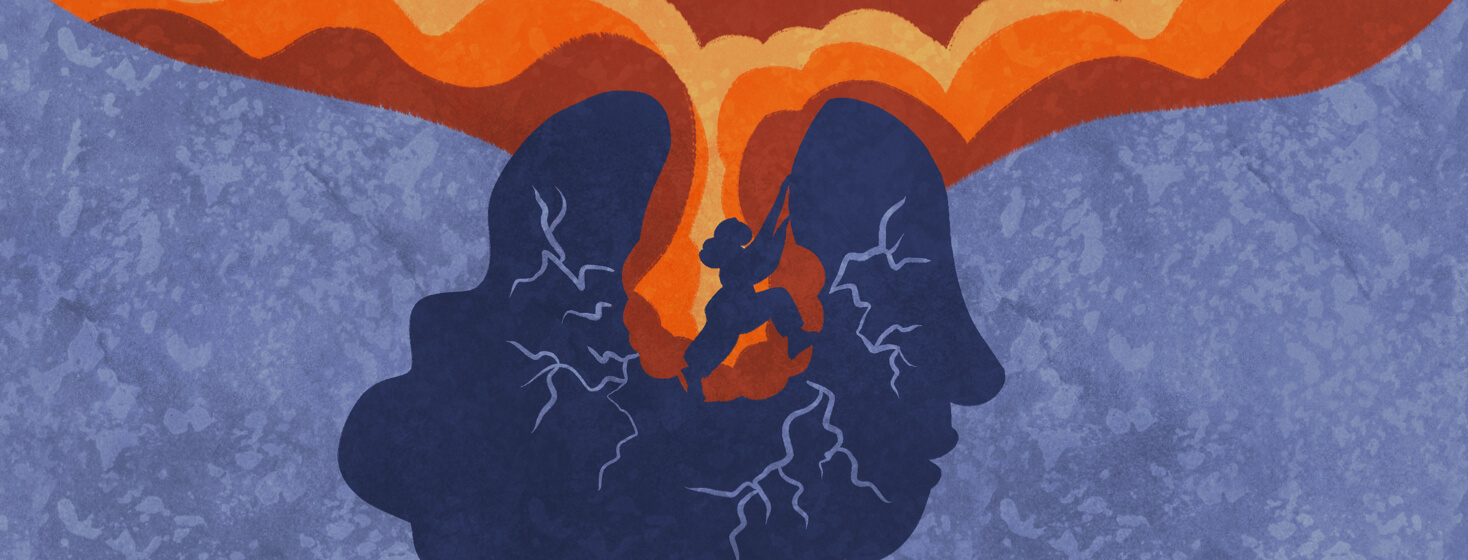I Thought I Understood Migraine Disease Until It Happened to Me
I can count on the slow, dull drumming of a migraine attack like the beating of a heart beneath my floorboards. The foggy haze of status migraine steals more of my days than ever before, and I long for the fresh clarity of the days I took for granted just a few years ago. I’ve had episodic cluster headaches since 2007. It’s a beast I know well, but I wrangle a new monster now.
My understanding before
I always thought I understood chronic migraine disease, witnessing many friends and family members go through it. But I carry a more intimate understanding of it now that my pain-free days are few and far between. There were many times I got frustrated watching loved ones suffer through the incessant barrage of chronic migraine attacks, and I wondered why they would wait so long to take a rescue medication or try to downplay their severe pain. You see, I’ve never doubted the significant impact migraine disease has on your quality of life, but I didn’t understand the waiting game. Now, here I am, waiting along with you.
The start of status migraine
Status migraine disease became a part of my life after my first miscarriage. It continued to plague me during menstruation, a second miscarriage, and the first trimester of pregnancy with my daughter. The hormones of postpartum and breastfeeding,breastfeeding combined with the lack of sleep made them a constant reality — one that hasn’t let me go 14 months later.
In the midst of an attack
As I write this, my skull compounds on itself, pushing inwards until dizziness and nausea settle in for hours at a time. The slow vice and descending pressure haunt me for at least 5 days before a 1-2 day reprieve. I thought I understood how migraine attacks gradually break you down, but I didn’t realize they often try to keep you there, on the ground, without hope. Why take what little medication you have available when it only masks the attack? I’ll still have the other symptoms, which bother me more than the head pain sometimes.
Internalized stigma
Despite being heavily involved in the headache disorder community, I rarely discuss my status migraine attacks, as if they’re my dirty little secret. Talking about it makes it real. Telling you how severe my symptoms are doesn’t make them any less so. Your awareness won’t give me any more pain-free days. But it will make me focus on it when all I want to do is distract my brain, even if it’s just a few minutes talking about what’s new with you or zoning into my favorite show.
A change in perspective
We work diligently to share our realities with people who don’t experience headache disorders. However, the person I often must persuade that my pain is real is myself. We can empathize with loved ones about their condition, but walking in their shoes shifts your perspective entirely. I thought I understood migraine disease until it became my everyday life.

Join the conversation